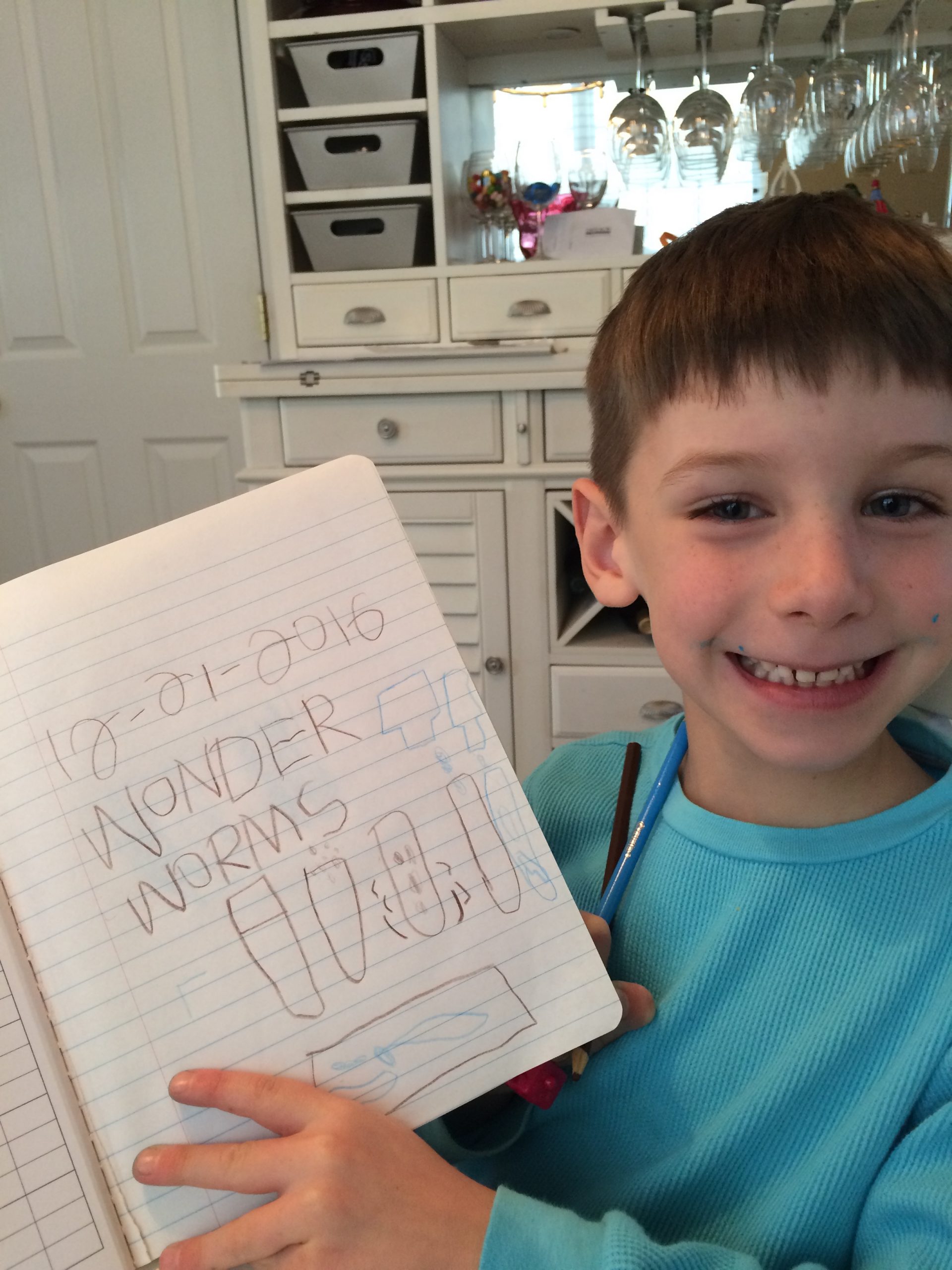Instructional time that is lost due to interruptions in the classroom may be lost forever. Time is also lost for students due to behavioral issues, absences, and suspensions. Lost learning time leads to gaps in knowledge and skills. It results in a loss of academic achievement, possibly leading to students being “at risk.”
Every second of the school day is conducive to students reaching their academic goals. Short disturbances are enough for students to lose focus on the lesson. No matter how brief, the damage is done. Research shows students take up to eight minutes to refocus on the lesson.
Get The M0st of Instruti0nal Time
Streamlining classroom routines through checklists and providing steps for daily routines helps save time for students. Visual cues prompt students for transitions or other routines. They give students support for independently moving through routines.
Technology helps to maximize teaching time in the classroom. Apps create schedules and timers for students on their devices. They provide prompts for students for guidance. They can also collect data for rewards and behavior in the classroom.
At-risk students benefit from personalized learning plans, small-group instruction, or after-school programs. These methods need support from families outside of the classroom.
Structured Programs
A structured classroom creates a safe environment for students because they know what to expect. Thus, they have a sense of security. Students are better able to focus on lessons.
A routine helps students develop peer relationships. They trust and respect each other. Collaboration and communication skills develop with peers and form a bond with the teacher.
Classroom management creates a structured classroom.
- Class runs smoothly when students know where to locate the supplies they need.
- Students must also know where, how, and when to turn in homework.
- Management starts with students seated at the bell.
- Transitioning from one activity to another helps with management.
- Students need to know what to do when their work is done.
The instructional time that’s lost is about more than academic success. It’s about getting students on track to discover their skills and interests. Various strategies help to provide students with experiences and create good classroom management. Good management strategies prevent a repetition of procedures.



